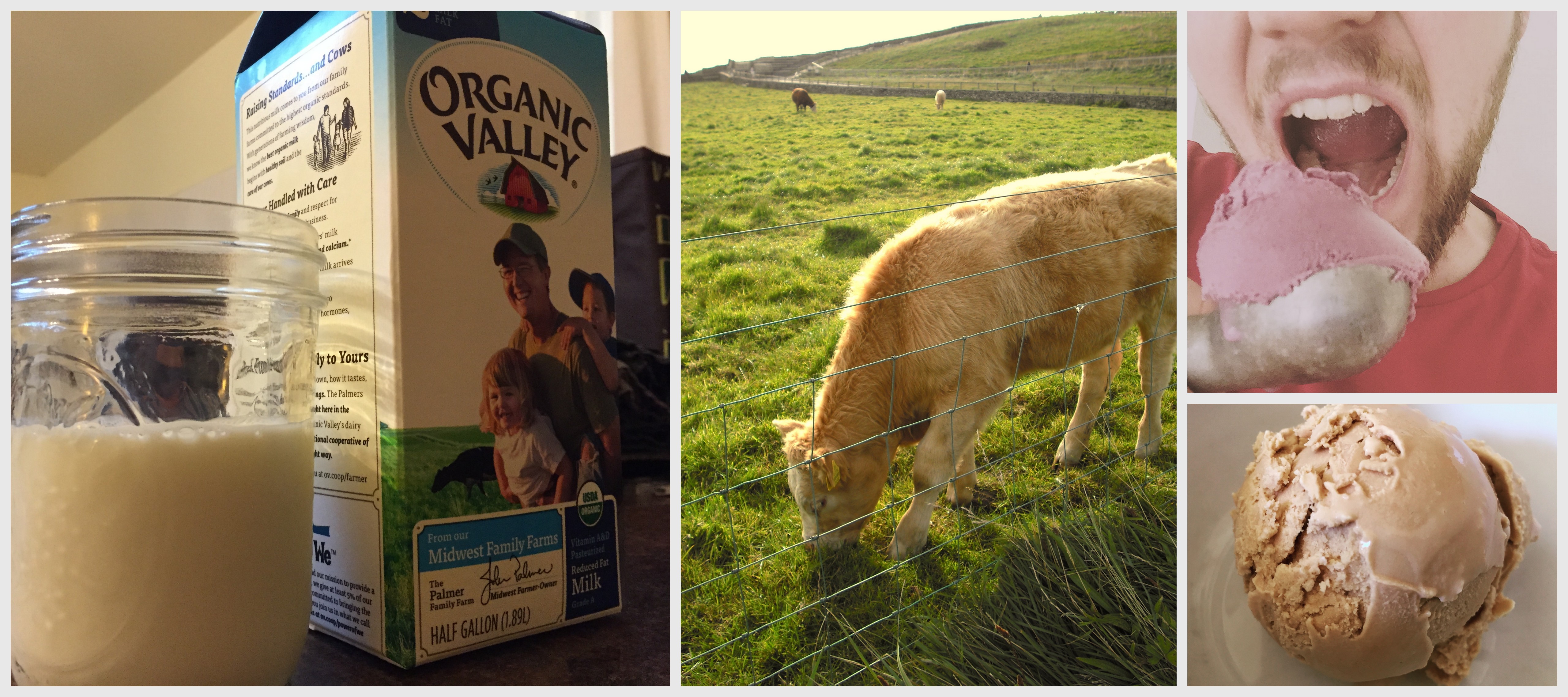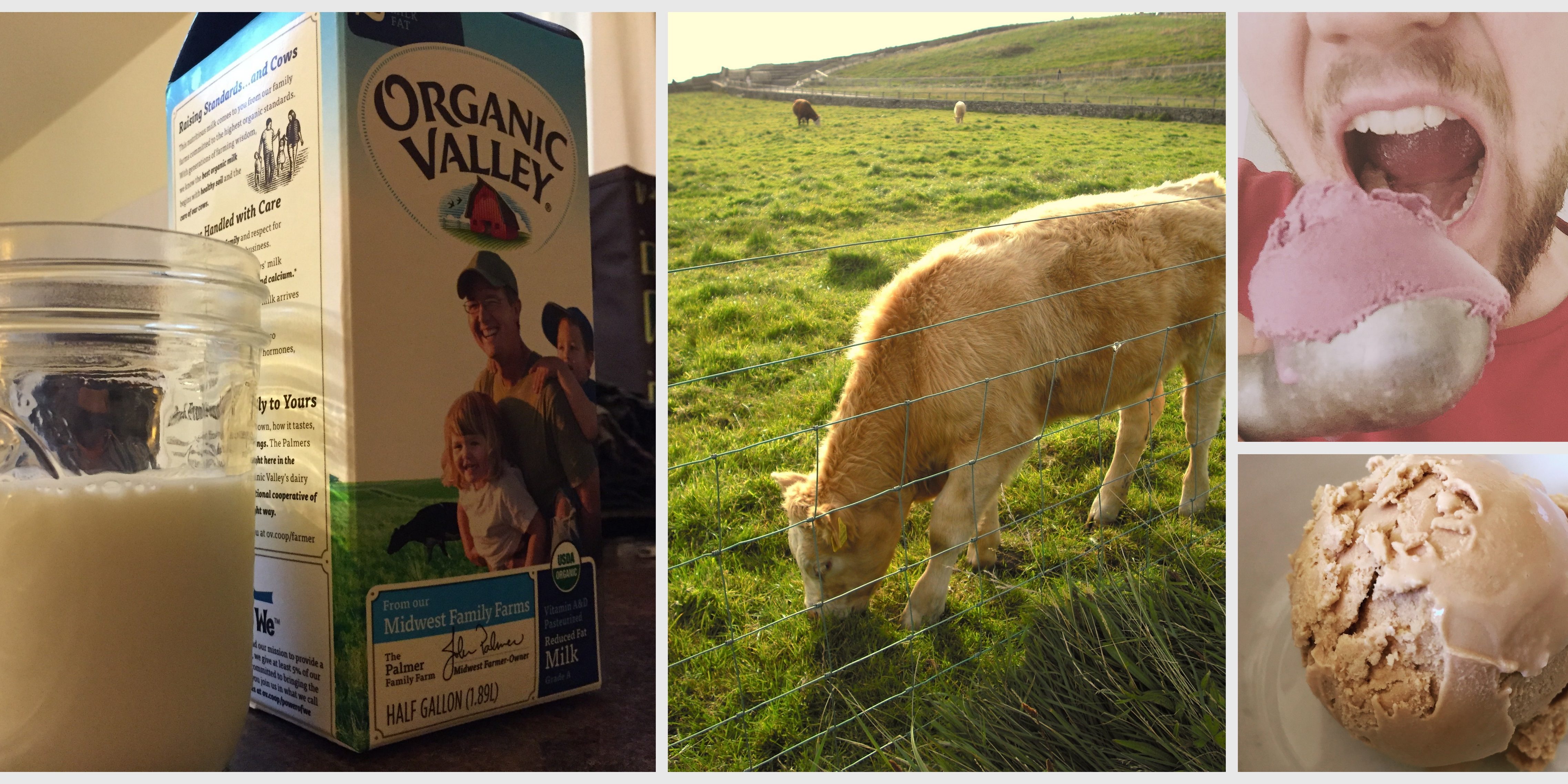 There are several myths about lactose intolerance floating around out there. My last post was devoted to understanding lactose intolerance, its symptoms, and the physical factors that affect your individual level of tolerance for digesting lactose. This post will explore popular myths stemming from misunderstandings, misinterpretations, and unproven theories about the nature of this condition.
There are several myths about lactose intolerance floating around out there. My last post was devoted to understanding lactose intolerance, its symptoms, and the physical factors that affect your individual level of tolerance for digesting lactose. This post will explore popular myths stemming from misunderstandings, misinterpretations, and unproven theories about the nature of this condition.
Addressing Common Myths about Lactose Intolerance
I’ve already addressed one of the most common myths about lactose intolerance in my previous post: the notion that if you’re diagnosed with this condition then you are allergic to milk and cannot drink it at all without becoming sick. The truth is that everyone has a threshold of tolerance for the amount of lactose they can comfortably digest. Some people simply have a lower threshold than others. Regardless of your ability to digest lactose, you can still reap the many nutritional benefits of milk. Don’t let a lactose intolerance diagnosis keep you from enjoying healthy milk products!
Is Lactose Intolerance a Permanent Condition?
In a word, no. The belief that lactose intolerance is a permanent condition even when symptomatic is not accurate. If you’ve been diagnosed with lactose intolerance, this does not mean that you must avoid milk the rest of your life. However, if you normally don’t drink much milk or if you’ve stopped consuming dairy products because you’ve been diagnosed as lactose intolerant, you will likely test positive for this condition. Keep reading to learn why lactose intolerance tests are problematic and often wrong.
Problems with Lactose Intolerance Testing
There are two main problems with current lactose intolerance testing methods. First, the test uses an unrealistically large amount of lactose—equivalent to drinking an entire liter of milk in one sitting. This leads to skewed results, as almost anyone would have trouble digesting that much lactose. Second, it doesn’t take into account the fact that when you stop drinking milk, your body will stop producing lactase (the enzyme responsible for digesting lactose). In other words, the less dairy products you consume, the less tolerant you become. This is not to say that you can’t reverse the process or find ways to tolerably consume lactose-containing milk products a part of a healthy diet. In fact, studies have shown that the opposite is true.1 The majority of people who test positive for lactose intolerance drink milk as a regular part of their diet without any symptoms. This shows that the diagnosis of lactose intolerance has very little relevance as to whether or not you can comfortably consume milk. The only important measure of intolerance are the symptoms.
What Causes Lactose Intolerance?
Some theorists believe that lactose intolerance has a genetic cause, linked to the evolutionary development of the human ability to produce lactase.2 However, most of these theories are unsubstantiated and, frankly, nonsensical. The only genetic correlation ever found which can be substantiated as relevant, historical, and across the board is associated with unhealthy individuals. Which is to say, either the inability to drink milk makes people unhealthy, or lactose intolerance is a syndrome that emerges within individuals who are already unhealthy. The theory of a decline in health driving the emergence of lactose intolerance is far more reasonable and accurate—especially considering that the lactase enzyme is produced in a region of the intestinal microvilli that is easily rendered dysfunctional when the intestine is irritated or compromised in any way. In other words, an unhealthy intestine leads to a decreased ability to properly digest lactose.
So what brings on the unhealthy state that compromises the body’s ability to digest milk?
I am inclined toward the idea of lactose intolerance as a sign of bacterial overgrowth. Remember that even in symptomatic lactose intolerant individuals, the lactose itself is not harmful, but rather the bacteria that feed on the lactose. The more bacteria, the greater the bowel irritation. Many health problems are associated with bacterial imbalance, ranging from age-related syndromes to childhood conditions like asthma, allergies, eczema, and even autism. I believe lactose intolerance syndrome belongs to this group. This theory is supported by a clinical study showing that lactose intolerance can be cured by ingesting sulfur, which has strong antimicrobial influence.3 Bacterial imbalance and intestinal compromise often result from overexposure to toxins such as polyunsaturated fats (PUFAs) and under-exposure to high-quality foods such as fruit.
The symptoms associated with lactose intolerance are likely an indicator of an underlying health problem—a problem that should be addressed regardless of whether or not you choose to drink milk.
Note: Not all milk is created equal. Concerns about the source of dairy products, including considerations about the breed of cow and the presence of environmental toxins, are legitimate. Click here for a Guide to Choosing Healthy Milk Products.
Interested in digging further into the truth behind popular notions in health and nutrition, such as myths about lactose intolerance, diabetes, and other topics? Sign up for my monthly newsletter.
References
- Scrimshaw NS, Murray E. Lactose tolerance and milk consumption: myths and realities. Arch Latinoam Nutr 38, No. 3 (Sep 1988): 543-567. http://www.ncbi.nlm.nih.gov/m/pubmed/3155250/?i=2&from=/3140651/related
- Curry A. The milk revolution: when a single genetic mutation first let ancient Europeans drink milk, it set the stage for a continental upheaval. Nature 500 (Aug 2013): 20-22. http://www.nature.com/news/archaeology-the-milk-revolution-1.13471
- Khan A. Use of ingested sublimed sulfur for the restoration of lactose tolerance in humans with the medical disorder of lactose intolerance. US 20050079231 A1 (Apr 2005). http://www.google.com/patents/US20050079231







